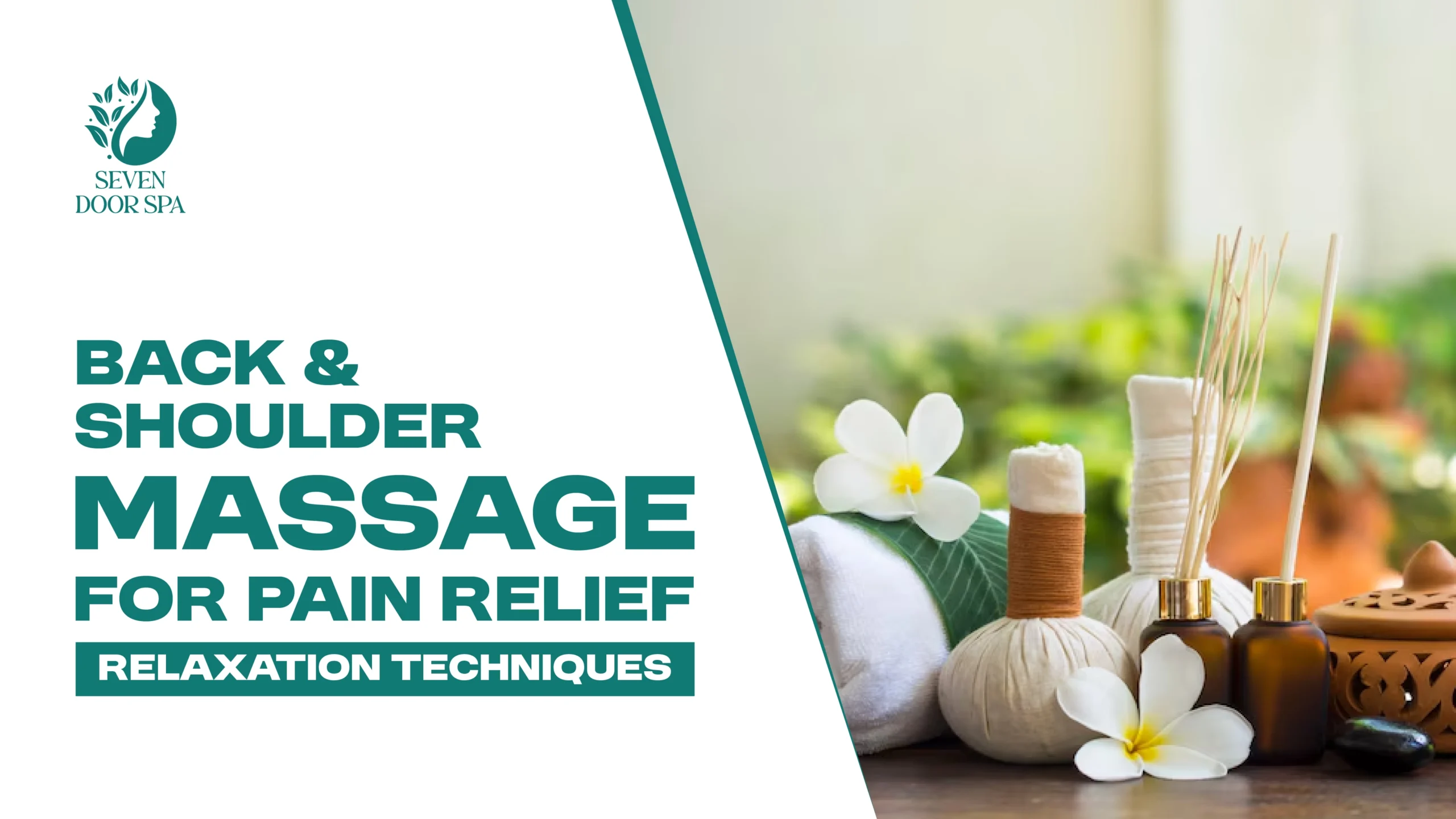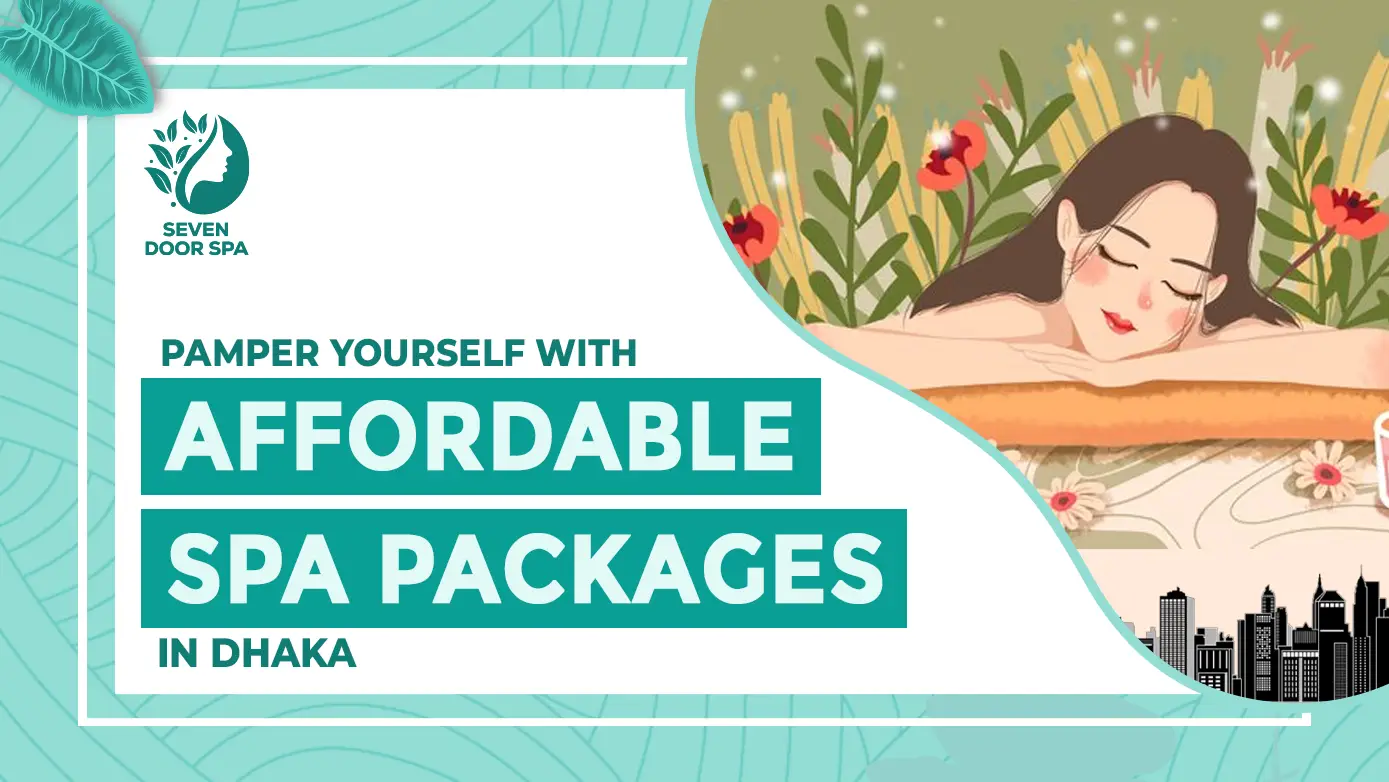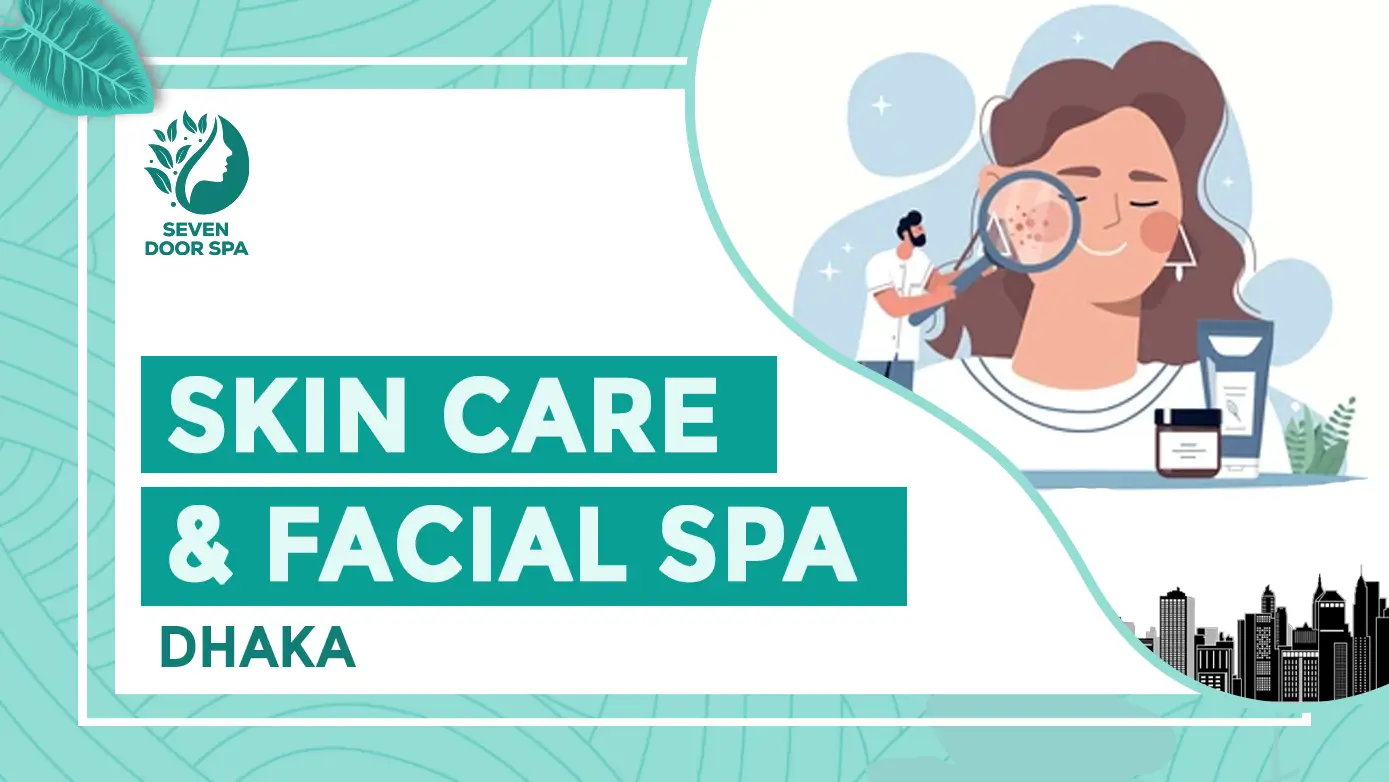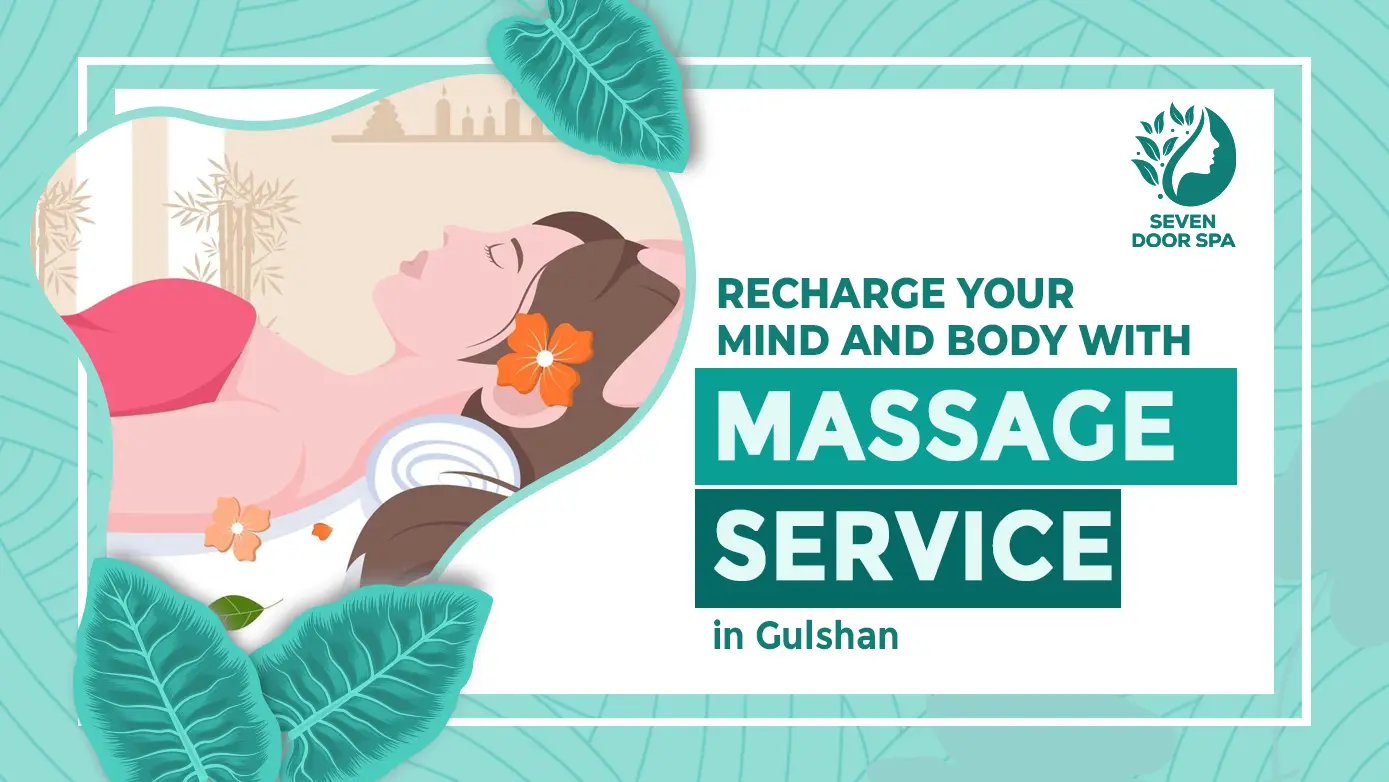A back shoulder massage is a relaxing way to ease muscle tension and stress. It focuses on the upper back, shoulders, and neck—areas where people often hold tension. This type of massage helps improve blood flow, reduce pain, and promote relaxation. Whether you’re dealing with work-related stress or muscle stiffness, a back and shoulder massage offers quick relief. It’s safe, effective, and suitable for most people. Regular massages can also support better posture and overall well-being. Choose a trained professional for the best results. Discover how a back and shoulder massage can benefit your health and boost your daily comfort.
Understanding the Benefits of Back and Shoulder Massage
Back and shoulder massages are among the most popular types of massage. It’s suitable for lifting the emotional burden and, therefore, good for health and relaxation. Stress, incorrect postures, and tasks that require overexertion on the job are the most frequent causes of back and muscle pains associated with the fortress. Regular massage can help ease these problems! Let’s outline the benefits.
Relieves Muscle Tension
A back and shoulder massage can help release tight muscles. Muscle stiffness or soreness can develop over time due to stress or physical activity. A massage helps to relax and lengthen these muscles. This can help reduce pain and also help you attain a good range of motion.
Reduces Stress and Anxiety
The elbow grease helps your body to release feel-good hormones like serotonin and dopamine. It even lowers cortisol levels, the stress hormone. This may help relax your mind and body. Even a brief massage makes you feel more relaxed and at peace.
Improves Blood Circulation
The pressure used during a massage helps improve blood circulation. Better circulation delivers more oxygen and nutrients to the muscles and organs, thereby enhancing their function. This helps with healing, allowing the body to eliminate waste products as quickly as possible.
Eases Headaches and Migraines
Shoulder and neck tension will commonly trigger a headache. Tension released from the back and shoulders may help alleviate back pain, decrease the frequency and severity of headaches, and reduce drooping eyelids. It may also help alleviate migraines triggered by stress and muscle tension.
Improves Posture
Bad posture, such as slumping over a desk or sitting at a phone all day, can lead to muscle imbalances. The massage can release your tight flaps and allow for a better posture. It also heightens your sense of body alignment, thus instilling better habits.
Enhances Sleep Quality
Massages relax the nervous system, allowing individuals to fall asleep more easily and stay asleep. For those troubled by insomnia or restlessness owing to strain or ache, normal kneading of the rear and shoulders can assist you to sleep better.
Boosts Immune System
Massage may better support your safeguarding by increasing the activity of white blood cells. These cells assist in combat conditions. Considering massage decreases strain as well, it further protects your protected system from being weakened by chronic anxiety.
Supports Mental Health
Experiencing care and physical relaxation can significantly improve your mood. Massage therapy is known to help alleviate symptoms of depression, anxiety, and fatigue. It conveys enthusiastic backing through gentle physical contact and subtle tactile sensations.
Aids Injury Recovery
If you’ve experienced minor damage or pulled a muscle in your upper body, a rear and shoulder massage may help accelerate recovery. It helps separate scar tissue, reduces swelling, and improves muscle flexibility.
Encourages Self-Care
Taking time out for a massage motivates a more beneficial way of life. It reminds you to take it easy and look after your body and mind. Consistent massage can be an integral part of an optimized self-care routine, alongside exercise, adequate rest, and a balanced diet.
Key Features of Back and Shoulder Massage
Back and shoulder massage is one of the most popular massage techniques for relieving stress and muscle tension. It focuses on the upper body, especially the areas most affected by daily activities, poor posture, and stress. Below are the key features that make this massage technique highly effective and beneficial.
Targeted Muscle Relief
A back and shoulder massage focuses on the trapezius, deltoid, and rhomboid muscles. These conditions are often exacerbated by prolonged periods of sitting, poor posture, or repetitive motions. Massage therapists use deep strokes and kneading techniques to release knots and tightness in these muscles.
Improved Blood Circulation
One significant benefit of this massage is better blood flow in the upper body. The pressure applied during the massage helps stimulate circulation, delivering more oxygen and nutrients to muscles. This promotes faster healing and reduces fatigue in the back and shoulders.
Stress and Anxiety Reduction
A back and shoulder massage is well-known for reducing stress and anxiety. Gentle strokes calm the nervous system and help release feel-good hormones, such as endorphins and serotonin. This results in a sense of relaxation and mental clarity.
Pain Management and Tension Relief
People suffering from chronic back pain, shoulder stiffness, or tension headaches can find relief through regular massage. The therapist uses trigger point therapy and myofascial release to ease pain and improve flexibility.
Posture Improvement
Poor posture, particularly from working at a desk or using electronic devices, can cause tightness in the shoulders and upper back. A back and shoulder massage helps correct this by loosening stiff muscles and allowing the body to return to a more natural alignment.
Increased Range of Motion
Massage helps break down scar tissue and stretch muscles, improving mobility. This is especially useful for athletes, office workers, and anyone who experiences reduced shoulder or back movement due to tension or injury.
Quick and Convenient
Back and shoulder massages typically last 30 to 45 minutes, making them easily fit into a busy schedule. They are effective even when done in short sessions and can be performed at spas, clinics, or even at home with proper guidance.
Enhances Sleep Quality
By reducing muscle tension and promoting relaxation, back and shoulder massage also improves sleep quality. It calms the body and mind, making it easier to fall asleep and stay asleep throughout the night.
Boosts Immune Function
Regular massage has been shown to boost the immune system by reducing cortisol levels and stimulating lymphatic drainage. This helps the body fight off illness and stay healthier overall.
Types of Back and Shoulder Massage Techniques
Back and shoulder massages are excellent for relieving stress, reducing muscle tension, and improving overall wellness. There are different techniques used in massage therapy, each designed to target specific issues. Understanding the various types of back and shoulder massage techniques can help you select the most suitable one for your particular needs.
Swedish Massage
Swedish massage is one of the most widely used types of massage for relaxation and relief from general tension. It uses long, smooth strokes, kneading, and circular movements.
Benefits:
- Relieves mild muscle tension
- Promotes blood flow
- Helps reduce stress and anxiety
This technique is ideal for individuals new to massage or those seeking relaxation.
Deep Tissue Massage
Deep tissue massage focuses on the deeper layers of muscle and connective tissue. It uses firm pressure and slow strokes to reach tight areas, especially in the shoulders and upper back.
Benefits:
- Eases chronic back and shoulder pain
- Breaks down scar tissue
- Improves posture and mobility
This technique is recommended for individuals with persistent muscle tightness or ongoing injuries.
Trigger Point Therapy
Trigger point therapy targets specific knots or tight spots in the muscles called trigger points. These can cause pain in other areas, known as referred pain.
Benefits:
- Relieves muscle spasms and pain
- Improves movement and flexibility
- Reduces tension headaches caused by shoulder stress
Therapists use direct pressure on these points to release tension and restore function.
Myofascial Release
Myofascial release focuses on the fascia, the thin connective tissue that surrounds muscles. When fascia becomes tight or restricted, it can cause stiffness and discomfort.
Benefits:
- Increases mobility
- •Reduces pain in the upper back and shoulders
- •Helps with posture correction
This is a gentle technique that works well for people with chronic pain or tightness.
Sports Massage
Sports massage is designed for athletes or active individuals. It combines various techniques, including deep tissue and stretching, to enhance performance and recovery.
Benefits:
- Prevents sports injuries
- Reduces muscle soreness
- Speeds up recovery from workouts
This is useful not only for athletes but also for those with an active lifestyle or physical jobs.
Shiatsu Massage
Shiatsu is a Japanese technique that utilizes finger pressure on specific points of the body to balance the flow of energy (called Qi). It does not use oils and is usually done with the client fully clothed.
Benefits:
- Improves energy and circulation
- Eases muscle tension in the back and shoulders
- Supports overall wellness
Shiatsu is ideal for individuals seeking a holistic approach to healing.
Aromatherapy Massage
Aromatherapy massage combines gentle massage techniques with the therapeutic properties of essential oils. The oils enhance relaxation and provide additional health benefits, depending on the type used.
Benefits:
- Relieves stress and anxiety
- Enhances emotional well-being
- Helps relax tense back and shoulder muscles
This technique is ideal for individuals seeking a calming experience.
How to Give a Shoulder Back Massage?
A shoulder-back massage is a great way to reduce stress, relieve muscle tension, and improve blood circulation. Knowing how to give a proper massage can help your partner or friend relax and feel refreshed. This guide will show you how to provide a shoulder and back massage in simple steps using gentle techniques.
Prepare the Environment
Before starting the shoulder-back massage, create a calm and comfortable space. Ask the person to sit or lie down in a relaxed position. Use a towel or pillow for support if needed. Make sure the room is warm and quiet. You can also use soft music and massage oil or lotion to help your hands glide smoothly over the skin.
Start with Gentle Strokes.
Begin the massage by applying a small amount of oil to your hands. Rub your hands together to warm them up. Gently place your hands on the shoulders and use long, slow strokes down the back. This helps to relax the muscles and prepare them for deeper massage techniques.
Use Kneading Techniques
To relieve tension in the shoulder and upper back muscles, use kneading motions with your fingers and palms. Apply moderate pressure and gently squeeze the muscles. Focus on the neck, shoulder blades, and upper back areas. Move in circular motions to loosen tight knots. Keep your movements smooth and steady.
Apply Pressure with Thumbs
Thumb pressure is helpful for more profound muscle relief. Use your thumbs to press into tense spots, especially around the shoulder blades and upper spine. Press firmly but not too hard. If the person feels pain, reduce the pressure. This part of the massage helps break down tension and improve blood flow.
Finish with Light Strokes
To conclude the shoulder and back massage, use soft, light strokes again. This helps relax the muscles and calm the body. Stroke down the back gently for a few minutes. It allows the person to feel soothed and comfortable after the massage.
Health Considerations When Choosing a Back and Shoulder Massage
Health Considerations When Choosing a Back and Shoulder Massage
Choosing the right back and shoulder massage is important for your health and safety. Here are some simple things to think about before getting a massage:
- Medical Conditions: If you have health issues like heart problems, high blood pressure, or cancer, talk to your doctor first.
- Injuries: Avoid massage on areas with broken bones, sprains, or swollen muscles.
- Skin Problems: Don’t get a massage on skin with rashes, cuts, or infections.
- Pregnancy: Pregnant women should choose special pregnancy-safe massages.
- Type of Massage: Choose a gentle massage if you are new to it or have sensitive muscles.
- Licensed Therapist: Always go to a trained and certified massage therapist.
- Clean Environment: Make sure the place is clean and follows safety rules.
A massage can help with stress and pain, but the right choice depends on your health. Talk to a doctor if you’re unsure. This helps make your massage experience safe and relaxing.
Maintenance Tips for Your Back Shoulder Massage
Receiving a back and shoulder massage can provide significant relief from stress, tension, and muscle pain. However, to enjoy long-lasting results, it’s essential to take care of your body after the massage. Simple daily habits and regular care can help maintain the benefits and keep your muscles healthy.
Stay Hydrated After Your Massage
Drinking water is essential after a back and shoulder massage. Massage releases toxins that are stored in your muscles. Water helps to flush these toxins out of your body. It also helps to prevent soreness and supports better muscle recovery. Aim to drink water throughout the day, especially in the hours right after your massage.
Stretch Regularly to Prevent Tension
Gentle stretching helps keep your shoulders and back loose. It also improves flexibility and reduces the chance of muscle tightness returning. Doing light stretches in the morning or after work can help maintain the results of your shoulder and back massage. Be careful not to overstretch, especially if your muscles are still sore.
Keep Good Posture Throughout the Day
Poor posture can quickly undo the benefits of your massage. Try to sit and stand up straight, especially if you spend long hours at a desk or looking at a screen. Keep your shoulders relaxed and your back upright. Using a supportive chair and taking short breaks can help improve posture and reduce tension in the shoulder area.
Avoid Intense Workouts Right After
After a back and shoulder massage, your muscles need time to heal and rest. Avoid heavy lifting, high-impact workouts, or any activities that strain your back or shoulders. Allow your body at least 24 hours to recover fully before resuming intense physical activity.
Schedule Regular Massage Sessions
To get the most out of massage therapy, it’s beneficial to have regular sessions. You don’t need a massage every week, but a consistent routine helps prevent muscle tightness from coming back. Discuss with your therapist the best schedule tailored to your needs and lifestyle.
Final Words
In conclusion, a back-shoulder massage is a natural and effective way to reduce muscle tension, stress, and discomfort. It improves blood circulation, supports better posture, and promotes relaxation. Whether you’re dealing with daily stress or physical strain, this massage offers real relief. Always choose a qualified massage therapist to ensure safety and proper care. Regular sessions can improve your overall well-being and help prevent future pain. Invest in your health with a back and shoulder massage. It’s a simple step toward a more comfortable, balanced life. Experience the healing benefits and feel the positive change in your body and mind.
FAQs
Which Massage Is Best for Back and Shoulder Pain?
The best massage for back and shoulder pain is a deep-tissue massage. It targets deep muscle layers to relieve tension and knots. Swedish massage is also helpful for relaxation and pain relief in the back and shoulders.
Is Shoulder Massage Safe?
Yes, a shoulder massage is generally safe for most people. It helps reduce tension and improve circulation. However, avoid it if there are injuries, swelling, or severe pain. Always use gentle pressure and ask if it feels comfortable.
When Do You Need a Shoulder Massage?
You need a shoulder massage when you feel tightness, pain, or stiffness in your shoulders. It also helps if you have stress, poor posture, or muscle tension. A massage can improve movement, reduce discomfort, and help you relax.




